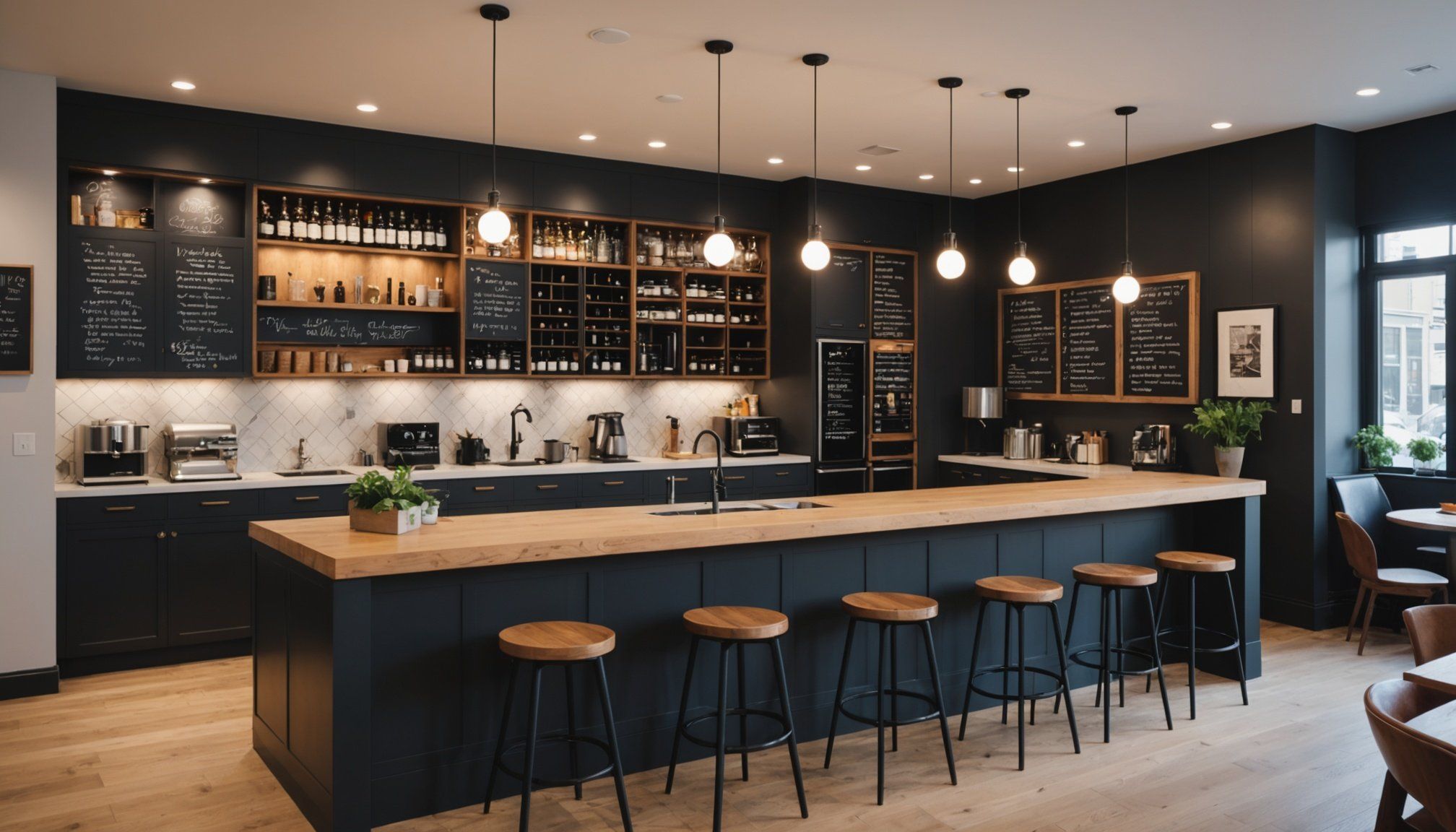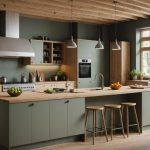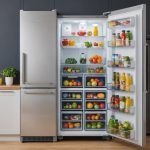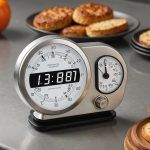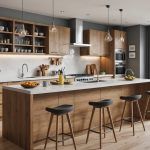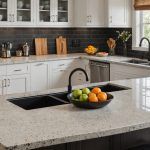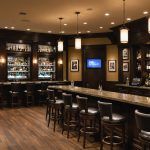Importance of a Functional Café Design
A successful Functional Café Design balances aesthetics with functionality, directly influencing the overall customer experience and staff efficiency. A well-optimized café layout is more than just arranging tables and chairs—it’s about enhancing the atmosphere and workflow.
Enhancing Customer Experience
An intelligently planned café layout embraces both aesthetic choices and practical needs. It ensures customers can move freely, find seating with ease, and enjoy an inviting environment. This not only amplifies customer satisfaction but also keeps them returning.
Also to see : Creating a Welcoming Atmosphere: Innovative Live Music Strategies to Elevate Your Bar Experience
Impact on Staff Efficiency
The design of a café heavily affects the staff’s efficiency. A layout that prioritizes Café Layout Optimization allows staff to navigate their workspace effortlessly, resulting in quicker service and a streamlined workflow. This optimization reduces the time spent moving between the kitchen, service areas, and tables.
Aesthetic and Functional Harmony
While the café’s look may seem paramount, functionality cannot be overlooked. Combining pleasing aesthetics with practical design transforms a typical café into an engaging space. Carefully selected decor, lighting, and furniture play significant roles in achieving this balance. By addressing these elements, café owners can create environments where both customers and staff thrive.
Also to read : Revolutionize Your Bar: Expert Layout Design for Ultimate Efficiency and Outstanding Customer Satisfaction
Key Elements of Café Layout
A Functional Café Design demands meticulous Café Space Planning to ensure smooth Customer Flow and superior experiences for patrons. A harmonious configuration is vital for defining and maximising café efficiency and comfort.
Zoning Different Areas
Establishing distinct zones in a café layout greatly enhances functionality. Assign specific areas for ordering, seating, and socialising. This helps avoid chaos during peak hours by ensuring customers naturally flow through different spaces without hindrance, creating a relaxed environment.
Creating Comfortable Seating Arrangements
Choosing the right furniture is crucial. Seating should be inviting and flexible, with configurations that promote ample communication. Café Layout Optimization involves strategic furniture arrangement to not only provide comfort but to also enhance social interaction, which keeps customers lingering longer.
Optimizing Customer Flow
Efficient Customer Flow is imperative for a thriving café atmosphere. Functional Café Design should account for patron movement, reducing bottlenecks and streamlining access to high-use sections such as the counter and restrooms. Align pathways logically to minimise congestion and facilitate seamless transitions throughout the space. Customers value a stress-free ambiance, and smooth navigation contributes significantly to that experience.
By integrating these keys components, café spaces become vibrant, welcoming, and effectively operational, benefiting both guests and staff.
Aesthetic Considerations in Café Design
Understanding Café Aesthetics is pivotal for attracting and retaining customers. A strategic approach to café design begins with selecting a theme or concept that resonates with the target audience. This involves not only choosing an appealing style but also aligning the space with customer preferences and local trends. As part of Interior Design Trends, the use of color schemes and textures plays a crucial role in crafting the desired ambiance.
Colours can evoke different emotions; for instance, warm tones might create a welcoming atmosphere, while cooler shades could offer a more relaxed vibe. Integrating textures, such as rustic woods or plush fabrics, adds depth and visual interest. Furthermore, incorporating elements of local culture and art can emphasize authenticity and connect with the community. This approach not only makes the space relatable but also enriches the overall customer experience.
Highlighting key design elements, such as wall art, local crafts, or unique decor, can make a café stand out. By carefully choosing these components, the café becomes more than just a place to eat and drink—it transforms into a memorable destination, leaving a lasting impression on patrons. This balance between aesthetics and functionality is essential for sustainable success.
Lighting Solutions for Cafés
Café Lighting plays an essential role in shaping a café’s atmosphere. The interplay of natural and artificial lighting can significantly influence customer perceptions and experiences.
Natural vs. Artificial Lighting
Natural light creates an inviting and lively environment, making spaces feel larger and more open. Consider placing seating near windows and installing reflective surfaces to maximize sunlight. Conversely, artificial lighting provides consistency and control, allowing for mood adjustments when natural light is lacking.
Accent and Ambient Lighting
Incorporating layered lighting, such as accent lights, enhances detail and adds depth without overwhelming the senses. Ambient lighting, on the other hand, sets the overall tone, ensuring a cohesive and pleasant experience. Combining different lighting techniques can elevate the café’s mood and encourage longer stays.
Seasonal Adjustments
Adjusting lighting based on seasons and events is beneficial for maintaining a cozy atmosphere year-round. During winter, warmer hues can create a snug environment, while cooler tones in summer provide a refreshing feel.
By thoughtfully integrating these Café Lighting strategies, you can create dynamic environments tailored to customer needs while enhancing staff performance and operational efficiency.
Furniture Selection for Cafés
Café Furniture shapes both comfort and style, playing a pivotal role in the café experience. Selecting durable materials is essential, especially in high-traffic areas. Options such as hardwood or metal provide longevity, standing up to daily wear and ensuring the furniture remains in excellent condition over time.
Balancing style with comfort encourages guests to linger, enhancing customer satisfaction. Furniture should not only be visually appealing but also ergonomically designed to foster relaxation and extended stays. Chairs with padded seats and back support or tables of varying heights cater to diverse customer needs, creating a welcoming environment.
- Space-saving options are vital. Movable furniture offers flexibility, enabling quick reconfiguration for different group sizes and events. Stackable chairs or foldable tables can be efficiently stored when not in use, optimizing available floor space.
Café Layout Optimization hinges on thoughtful furniture choices, impacting customer flow and overall ambiance. By addressing these considerations, café owners can create a space that is both inviting and practical, where style meets functionality seamlessly. Deciding on the right furniture is crucial for establishing a café that welcomes patrons and supports a thriving business.
Case Studies of Successful Café Designs
Exploring Café Design Case Studies reveals a treasure trove of insights into crafting effective café spaces. Analysing the design patterns of award-winning cafés unveils crucial features that contribute to success. From innovative layouts to seamless Café Layout Optimization, these spaces effectively combine form and function to deliver unmatched customer satisfaction. Notable cafés often employ creative zoning, ensuring areas for ordering, seating, and socialising are distinct yet interconnected, promoting a fluid customer experience.
Features of Notable Cafés
Leading cafés excel by marrying aesthetic appeal with functionality. They maximize natural light, adopt sustainable materials, and enhance Functional Café Design using inventive interior layouts. Emphasizing local art can also establish a community connection, drawing patrons seeking authenticity.
Lessons Learned from Failure
Understanding pitfalls in café design is equally important. Common mistakes include overcrowded seating arrangements, poor lighting choices, and ineffective Café Layout Optimization. These issues negatively impact both customer comfort and staff workflow, leading to dissatisfaction.
Unique Concepts that Stand Out
Innovative designs tap into customer preferences by offering multifunctional spaces. By blending café culture with retail or co-working features, cafés become dynamic hubs. Differentiating one’s café through thoughtful design choices ensures not only initial attraction but sustained patronage.
Current Trends in Café Design
Incorporating sustainability in café design has become a significant trend. Using eco-friendly materials not only contributes to planet preservation but also attracts eco-conscious customers. Cafés embracing organic textures and reclaimed wood align with these values.
The emergence of multi-functional spaces in cafés is also noteworthy. Customers increasingly seek destinations offering more than just coffee and food. Spaces that combine café culture with co-working areas or retail options create dynamic, appealing environments. Such designs cater to varied customer needs, facilitating longer stays and increased engagement.
Technology is shaping the café experience profoundly. Integrating digital menus, contactless payments, and app-based ordering systems not only enhances efficiency but also appeals to tech-savvy patrons. Automation in processes like ordering and payment streamlines operations, improving customer flow.
To illustrate, many modern cafés use smart lighting systems to adjust ambiance automatically based on time of day. This fosters a welcoming environment tailored to customer expectations. Additionally, wireless charging stations and fast Wi-Fi connections cater to a working clientele, making technology integral to contemporary Café Design Trends.
Identifying and leveraging these trends is crucial for creating vibrant, innovative cafés that resonate with modern consumer preferences.
Practical Tips for Designing Your Café
Designing a café involves careful planning and strategic decisions. One crucial aspect is budgeting for design. Estimating costs for different elements, such as décor, materials, and construction, ensures financial feasibility. Prioritizing essential investments early can prevent overspending, allowing room for any necessary adjustments along the way.
When it comes to sourcing materials and decor, consider local suppliers to capture authentic flavors unique to your area. Sourcing materials locally not only reduces transport costs but also supports the community. This approach can lead to discovering distinctive pieces that truly make your café stand out.
Deciding between DIY and professional help is another key consideration. DIY projects can save costs and inject personal flair into the café but reason through your capacity and expertise levels. Conversely, relying on professional assistance in more complex tasks ensures quality and adherence to timelines. Professional designers might be needed for tasks demanding technical skills like electrical work or custom furniture crafting.
Ultimately, balancing personal involvement with expert support, combined with efficient budgeting and the thoughtful selection of materials, contributes to the successful realization of your café vision. By addressing these elements, your café can develop into a unique, functional, and inviting space, ready to welcome its first customers gladly.

